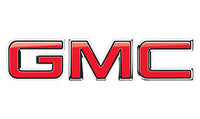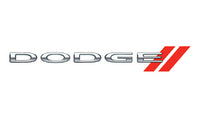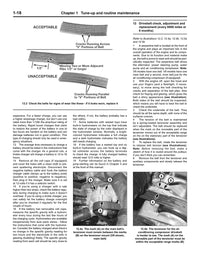
A dead battery is no-one's idea of fun, but you can still jump start a car by connecting the bad battery to a fully charged one using jumper cables.
Here, we show you how to jump a car using this method, assuming that the charged battery is in another vehicle.
Bear in mind that depending on how dead the car battery is, the vehicle may not start immediately. So, once you've connected the two, fire up the car with the healthy battery and leave the two cars hooked up to give the dead one some charge.
It’s also a good idea to read your car’s manual carefully to see if there are any special recommendations to be observed when jump starting. And if you're in any doubt, call AAA or your local roadside assistance, who will have the equipment to get your car running without any risk of damage.
Your Step-by-Step Guide To Jumping A Car
Precautions:
- Position the vehicles close enough so that the jumper cables will reach easily, but MAKE SURE THE VEHICLES DON’T TOUCH EACH OTHER!
- Make sure the cables will not be damaged by the fan, drive belts or any other moving parts when the vehicles are started.
- Make sure the booster battery is the same voltage as the dead one in the vehicle. Nearly all modern car and truck batteries are 12 volts.
- Make sure the ignition switches of both cars are in the off position, and the transmissions are in Neutral (manual) with the parking brake set, or Park (Automatic).
- Turn off the lights and other electrical loads on the car with the dead battery, although if it is a modern car with a computer, it’s a good idea to turn on the heater blower motor which will minimize the damage an excessive electrical surge can cause.
- It’s a good idea to wear safety goggles, because there is always a chance of an explosion and batteries are full of acid.

Which order do the jumper cables go in?
1. Connect the red jumper cable to the positive terminal of the dead battery (or jump start terminal on a car with a remote-mounted battery).
2. Connect the opposite end to the positive terminal of the booster battery or jump start terminal.
3. Connect the black jumper cable to the negative terminal of the booster battery or jump start terminal.
4. Connect the other end of the black cable to a well-grounded bolt or bracket on the engine block of the vehicle being jumped, not the battery itself. This prevents sparks near the battery which may cause an explosion.
5. Start the engine of the vehicle with the good battery and run it at a moderate speed to charge both batteries.
6. Start the engine of the vehicle with the discharged battery.
7. Reduce the engine speed to idle on both vehicles and leave all switches off to prevent damage to the vehicle electrical system.
8. Remove the jumper cables in the reverse order they were attached, making sure to never touch the red and black terminals to each other.
9. If the charging system and the battery of the car which had to be jumped is in good condition, 30 minutes of driving should being it back up to a full charge.
Remember, sometimes in extreme cold conditions a perfectly functional car may need a boost to get started because batteries put out less energy the lower the temperature, while at the same time need more power to turn in the cold.


























